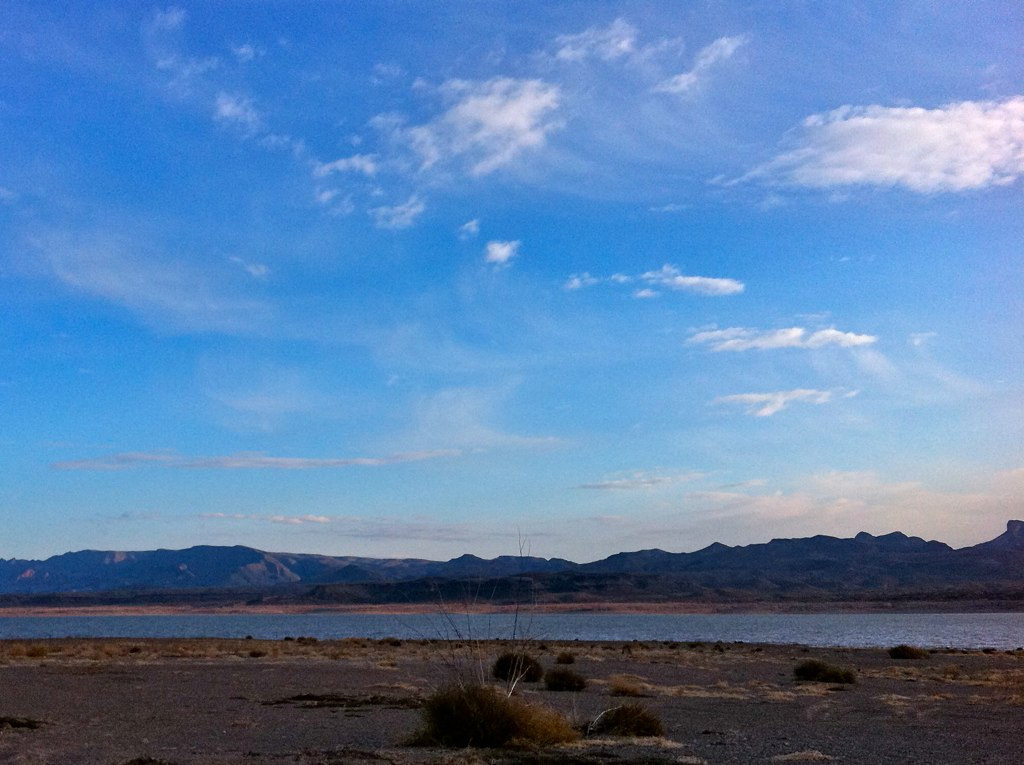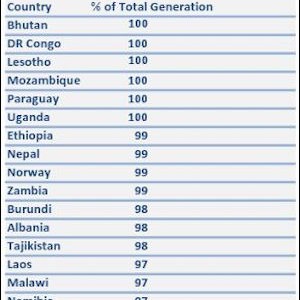Peter Gleick: Turf Wars
I am participating this week in the 15th Annual Water Conservation and Xeriscape Conference and Expo, in Albuquerque, New Mexico, and I’ve been thinking about grass. Those of us who work on water issues in the western U.S. and elsewhere know that a part of our water quantity and quality problems is the consequence of the vast amounts of water consumed by ornamental grass, or turf, or lawns. When early immigrants to this country came over from Europe, they brought with them their ideas of landscaping, mimicking the grand English gardens with sweeping expanses of green, manicured lawn. And when those early Americans moved west, that idea came with them again, into a climate that was completely unsuited for grass and a landscape that couldn’t afford the water.
Water Number: 3 to 5 acre-feet per acre. This is how much water in hot, dry western climates, that turf grass can suck out of our rivers, streams and groundwater aquifers to evaporate into the air. As Amy Vickers, a leading water conservation expert and anti-lawn crusader has put it, “America’s biggest drinking problem isn’t alcohol: It’s lawn watering.”
Today, more than half of all urban water use in most western states goes to landscaping, and most of that goes to trying to maintain green turf. In places like Las Vegas, as much as 70 percent of all residential water use goes to outdoor landscaping. Along with that water demand comes all sorts of other problems, including over-fertilization, excessive use of pesticides, air-quality contamination, and a heavy carbon footprint associated with the energy and pollution of lawn mowers.
Study after study shows that water savings from properly designed xeriscapes can be 30 to 70 percent or even more over badly managed turf lawns, while still producing beautiful gardens. A study by the Irvine Ranch Water District in Orange County, California found a savings of over 50 percent (1.4 acre-feet per acre) in homes landscaped with native plants rather than turfgrass. The Southern Nevada Water Authority concluded in a five-year study that converting turfgrass to water-efficient landscaping save 76 percent of the water. And an Arizona study concluded that while a 3,000 square-meter turfgrass lawn used 9,000 to 15,000 gallons of water per month, that same area covered with native plants, shrubs and trees used only 800 to 1,300 gallons per month.
My wife and I removed all the grass from our backyard, replaced it with beautiful plants, flowers, shrubs, and hardscape. We have plum, lemon, persimmon, and apple trees, and our total water use (indoor and outdoor) is under 50 gallons per person per day–far less than half what the average Californian uses. And believe me, I don’t miss mowing.
More and more communities are exploring how to get away from the intensive water demands of turf. The East Bay Municipal Utility District’s WaterSmart program offers a rebate for removing lawn, as does the Southern Nevada Water Authority. Built Green in Colorado requires landscape design to follow xeriscaping principles. Sunset Magazine recently published an article entitled “Lose the Lawn” with 14 designs for water-efficient gardens. There are many other ideas and practices for limiting the area of turf, reducing the amount of water remaining turf consumes, and reducing the overall water implications of lawns in hot, dry climates. Google “xeriscape” or visit the resources of the Xeriscape Council of New Mexico, which is hosting this week’s conference and expo.
Maybe it’s time to put the residential turf lawn in the same category as smoking on a plane: socially irresponsible, undesirable, and ultimately, eliminated. There are beautiful alternatives available for our gardens.
Peter Gleick
Dr. Gleick’s blog posts are provided in cooperation with the SFGate. Previous posts can be found here.








Leave a Reply
Want to join the discussion?Feel free to contribute!